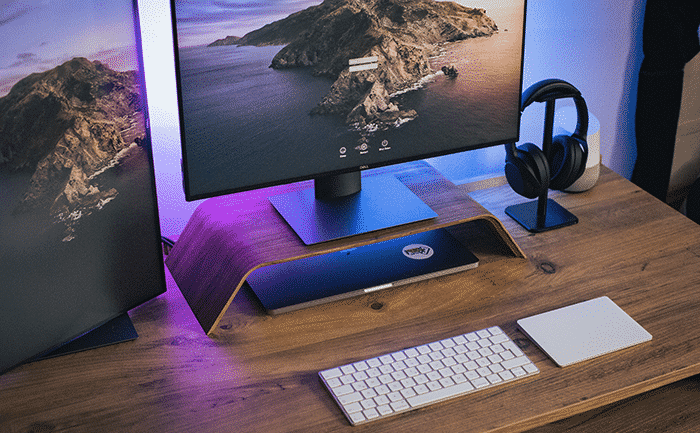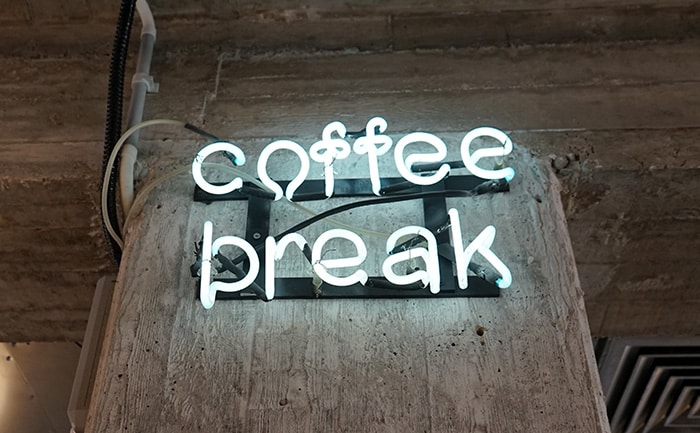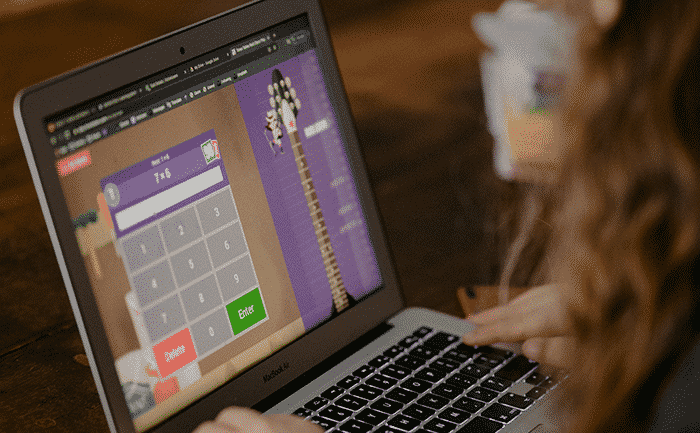
Agenda: Virtual Event Structure
To find out how Grooveyard can
manage your virtual event
Ireland may be slowly opening up and easing restrictions on events, but the last year and the success of many virtual events has shown us that they are here to stay. For the virtual event structure, keeping attendees engaged when they are logging in remotely can be a bit of a struggle because they’re not fully immersed in the event environment. Having an appropriate agenda in place can help ensure your attendees stay engaged and interested throughout. When starting out on your virtual event structure journey, set goals and objectives for your event. This will ensure you stay on track and give your attendees their desired experience. The agenda is such an important element to consider because it is what attracts people to your event and when released early, it has the ability to create anticipation among attendees. Here are our top tips on how to structure the best agenda possible:
Content is King
When organising your virtual event structure, it is most important to have the correct content for your attendees to digest throughout the event. This will ensure that your attendees are engaged in what is being delivered to them. If your event is recurring, use data from previous years to determine the content your audience is most interested in. Alternatively, if this is the first time hosting a particular event, you can send out pre-event surveys to get the opinions of attendees before the event. This will ensure you have the content that is desired by your attendees.
Shorter Sessions
To combat your event becoming the dreaded “second screen”, it’s a good idea to keep your sessions shorter than the sessions you would have in an “in-person” event. With attendees logging in remotely they’re surrounded by distractions that will take their focus away, these distractions mean that attendees won’t be fully engaged and getting the full benefits of the event. We recommend having various sessions which are no longer than 15-20 minutes.
Shorter & Frequent Breaks
When organising your event, it’s important to have short breaks between each session. These breaks will mean that attendees can take toilet or tea breaks without missing out on any part of the event. Having short breaks will ensure that attendees come back to your event. With a large break, you’re increasing the risk of having attendees get distracted and not returning to event sessions because they’ve forgotten or found something more important to spend their time on.
Incorporate fun
Life should be a balance of business and pleasure, and so should events. Incorporate fun activities such as virtual happy hours or quizzes to reward your attendees after a day of learning. As well as being a reward, these activities can be a great way to encourage organic and informal networking among attendees. Networking is an important element for all events, but it can be a challenge for virtual events. Hosting coffee breaks in randomized breakout rooms is a great way to get people talking and discussing the different sessions. This can create a bit of buzz around the event and make attendees feel a little bit more involved.







